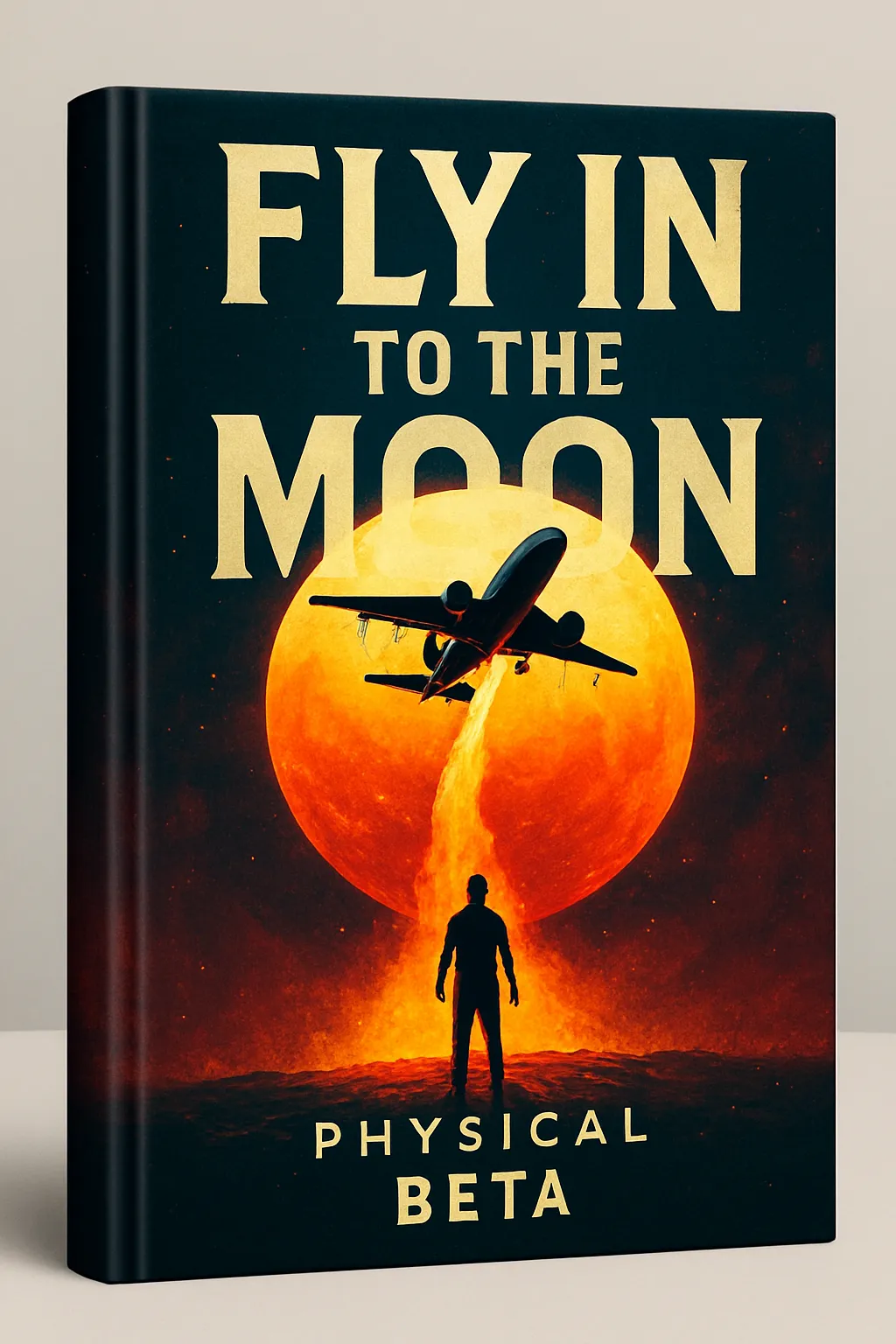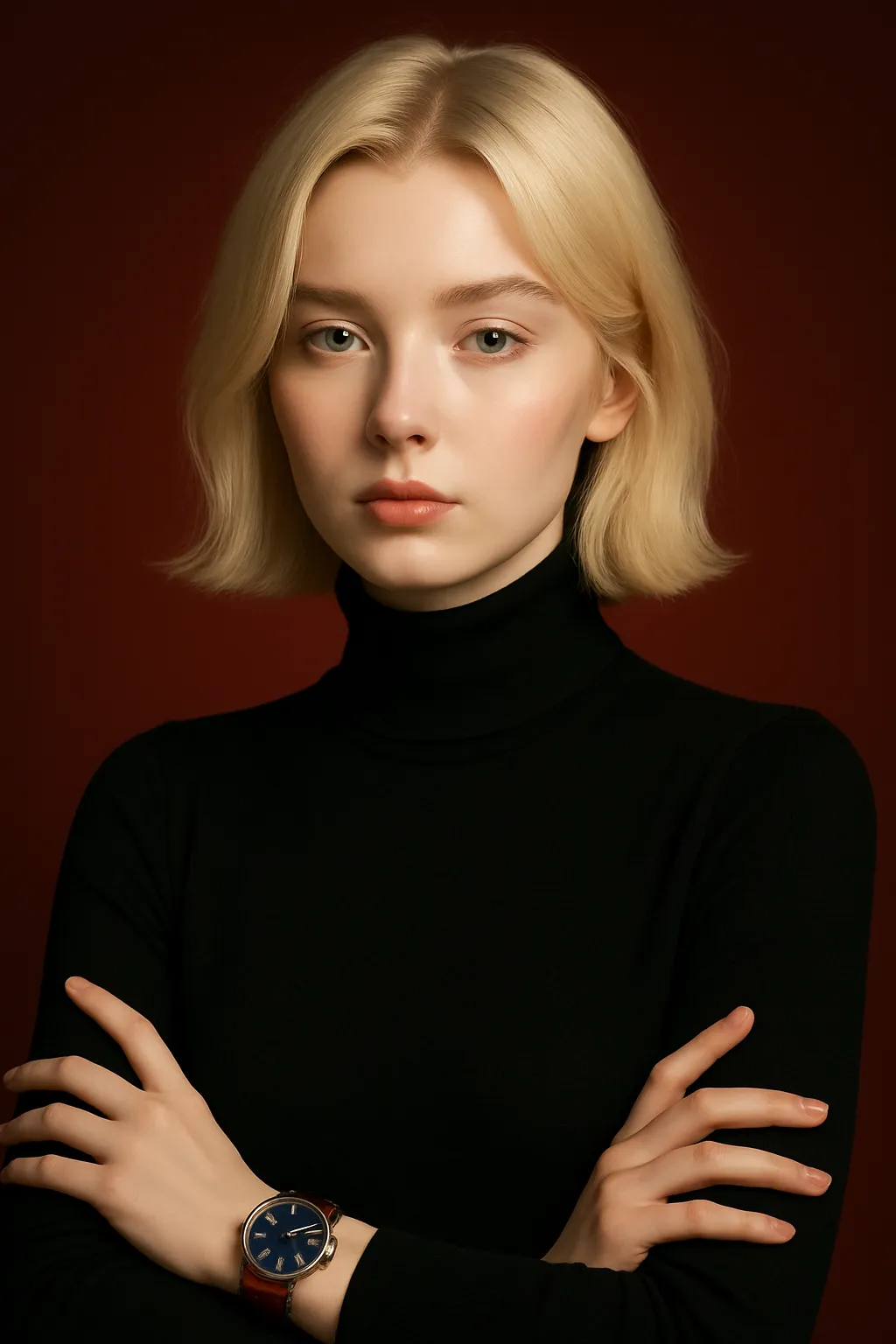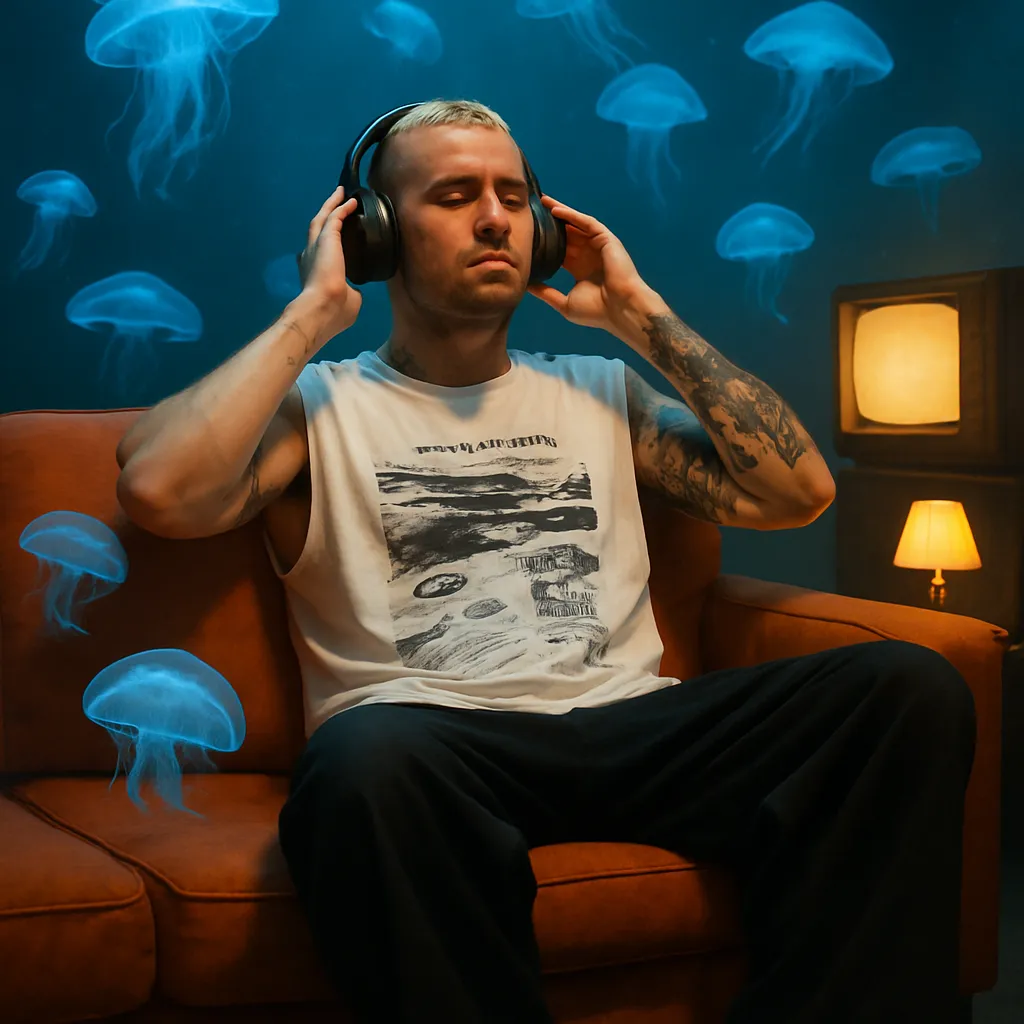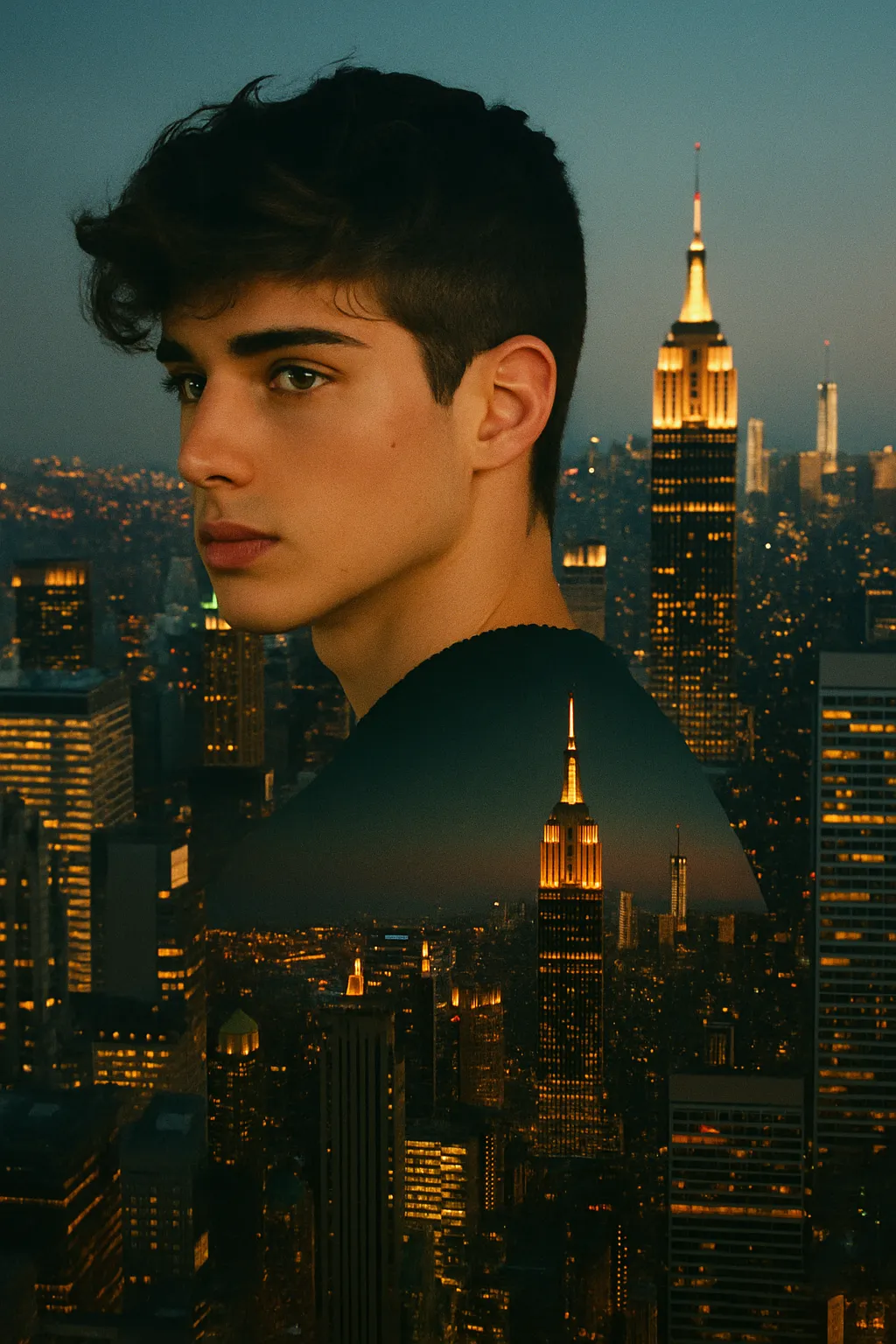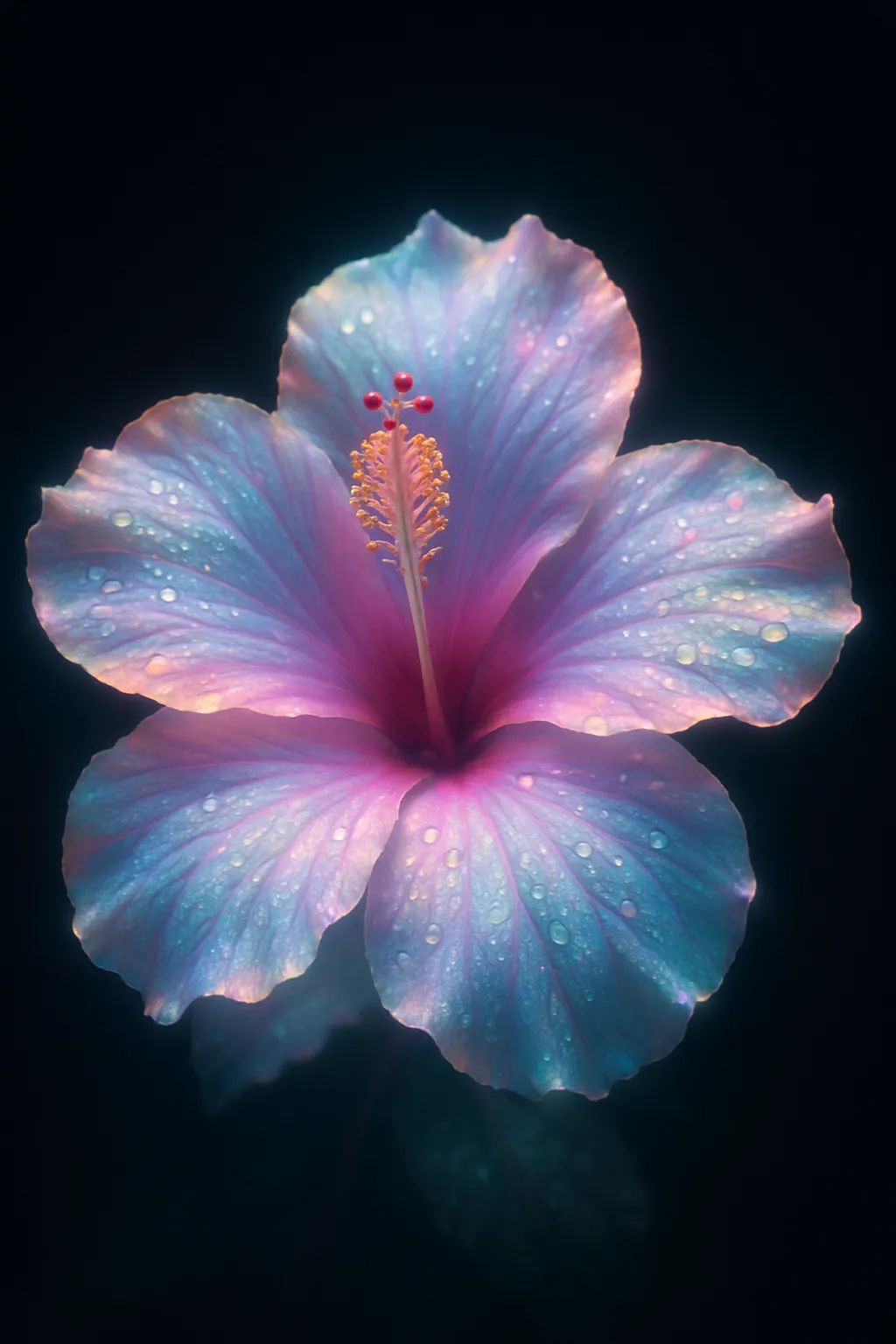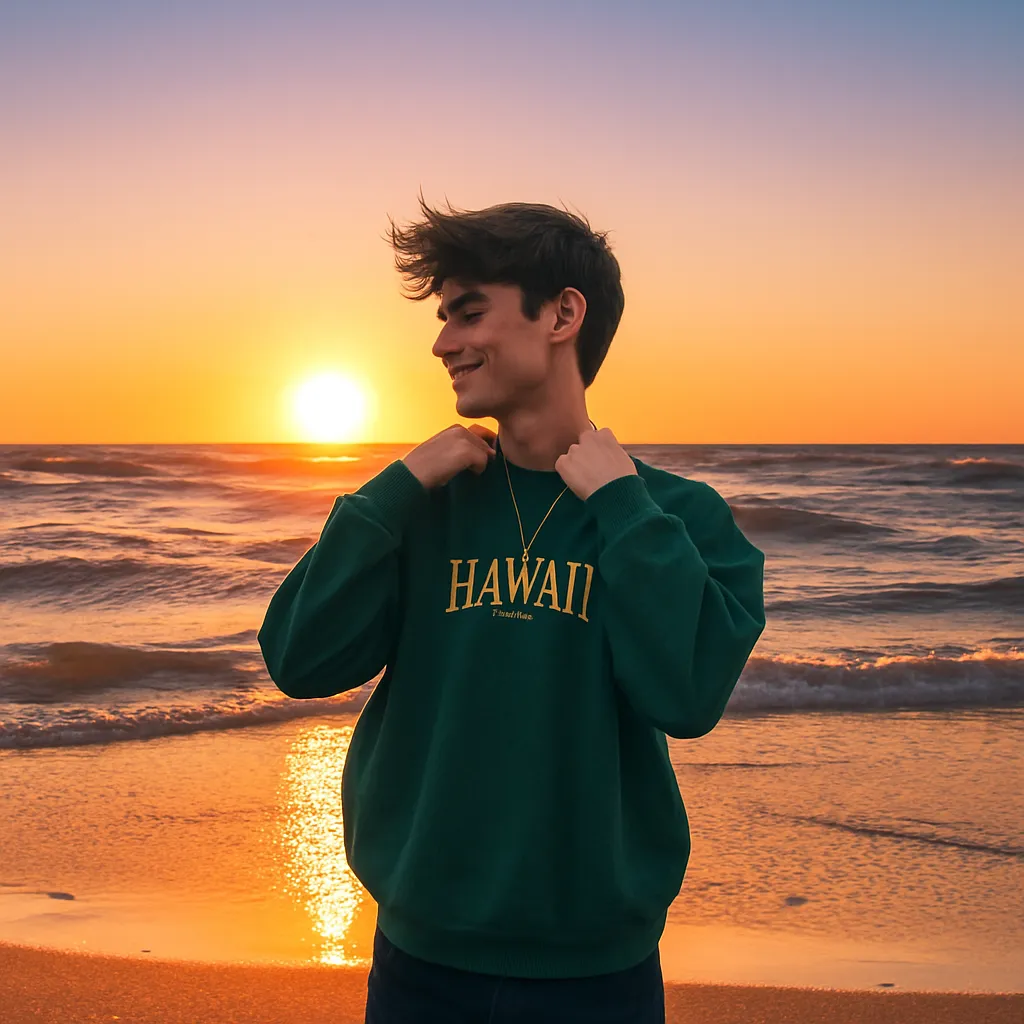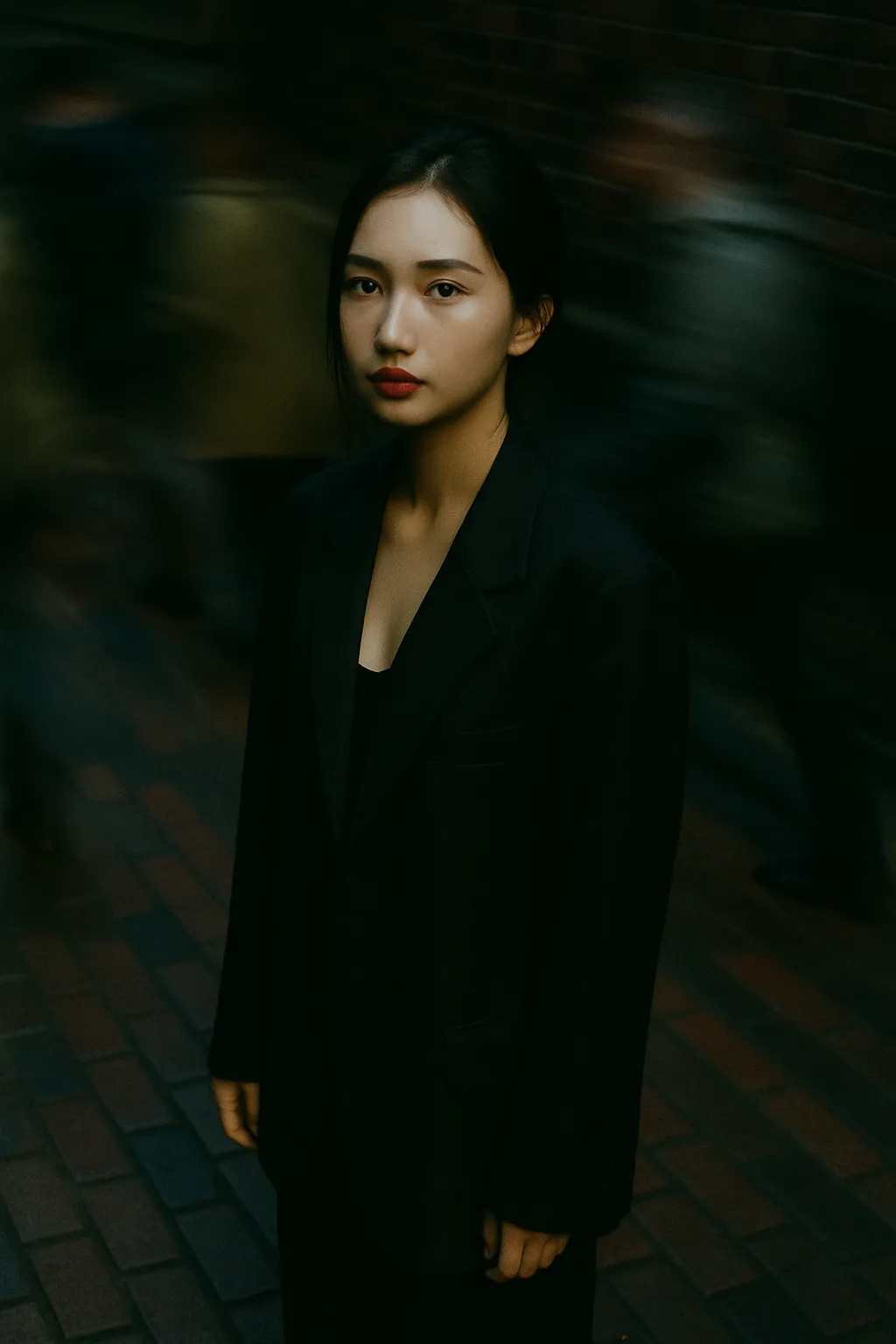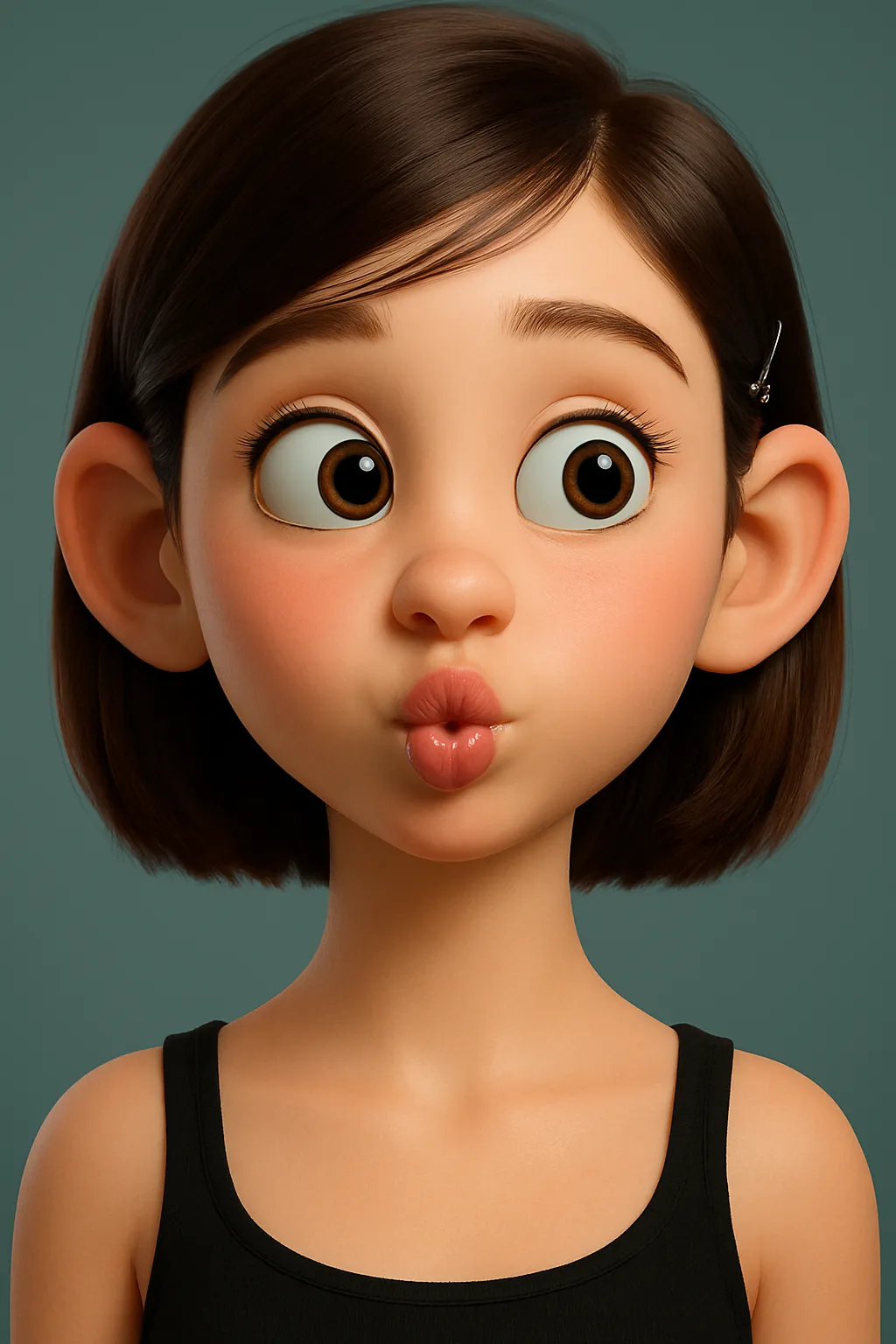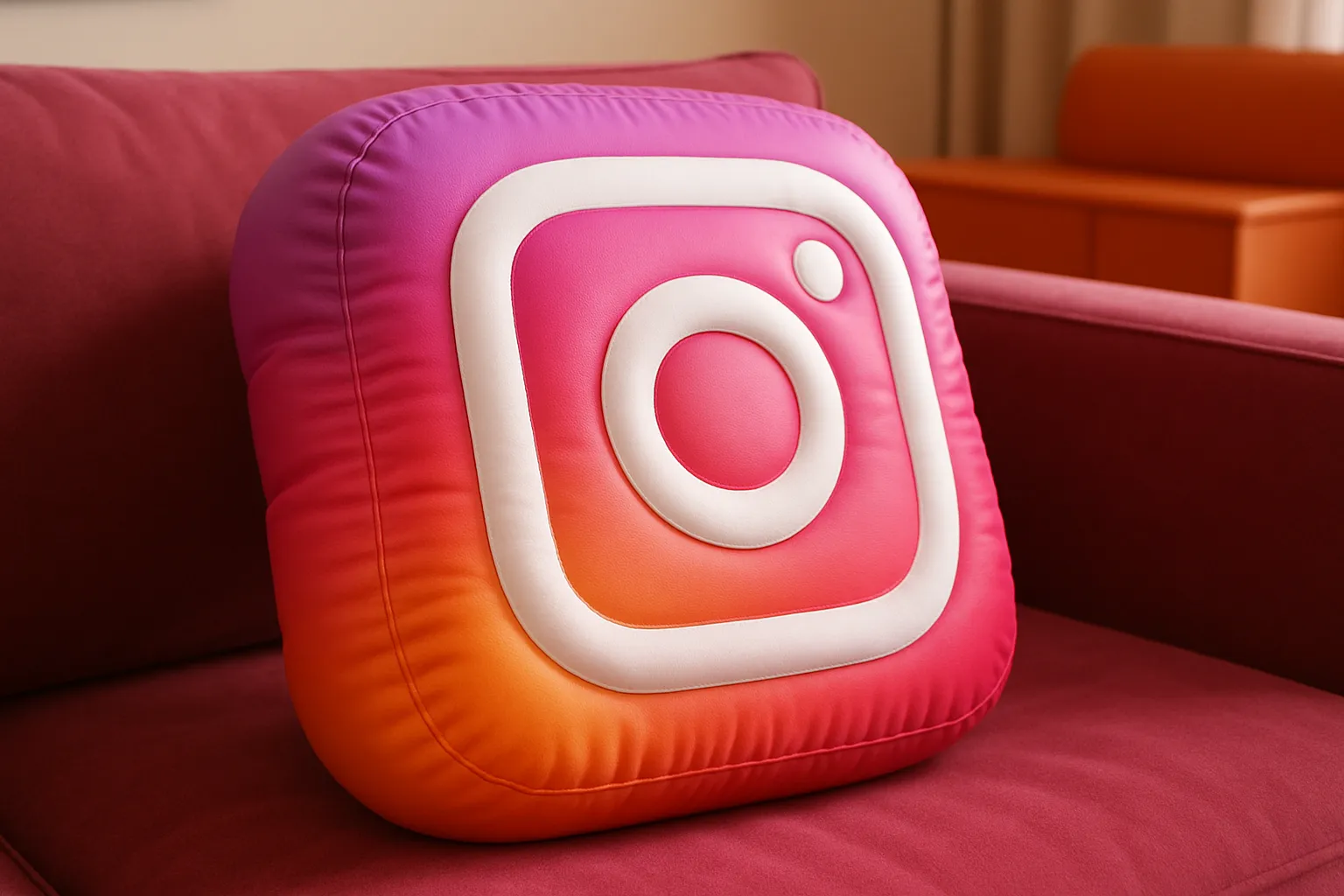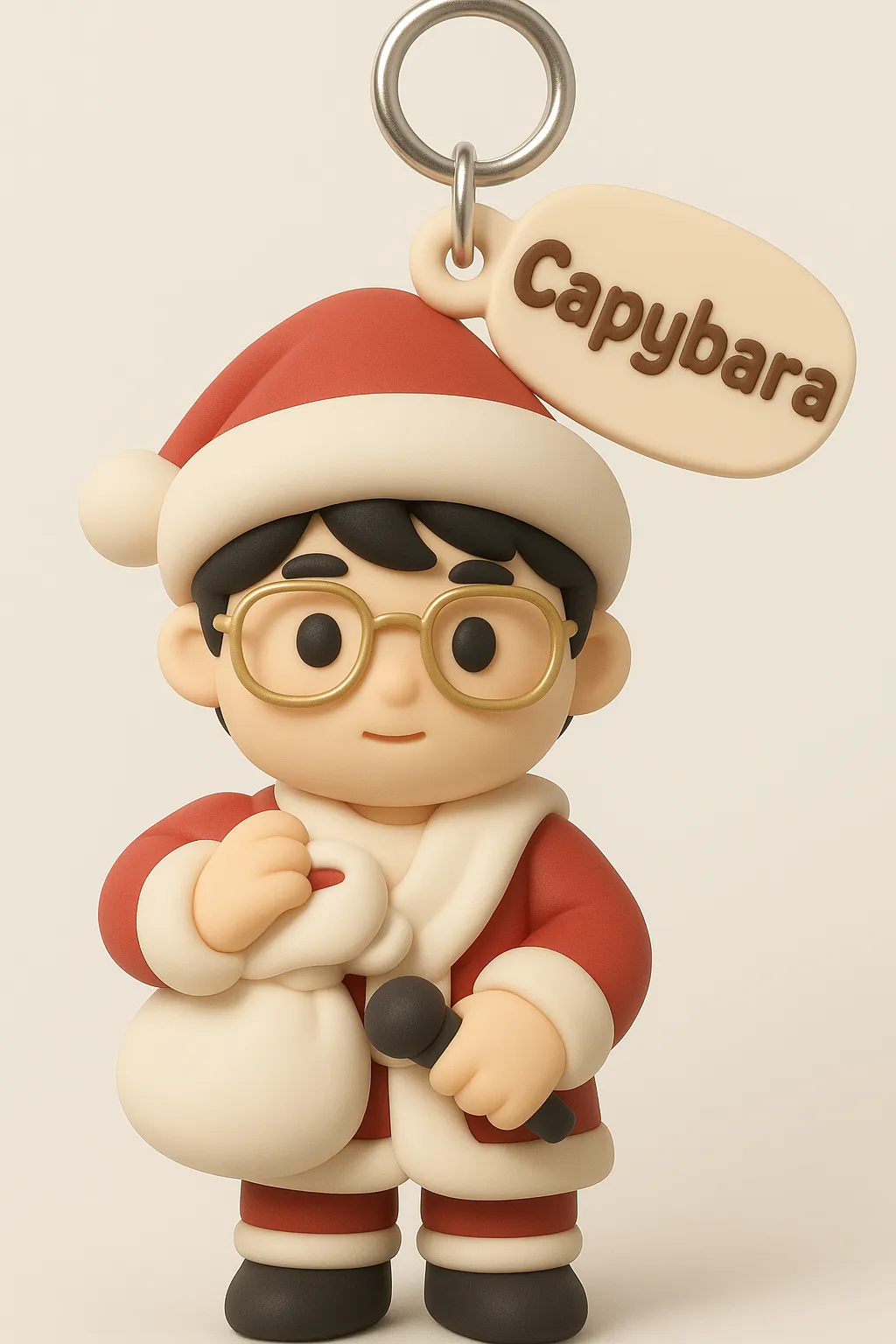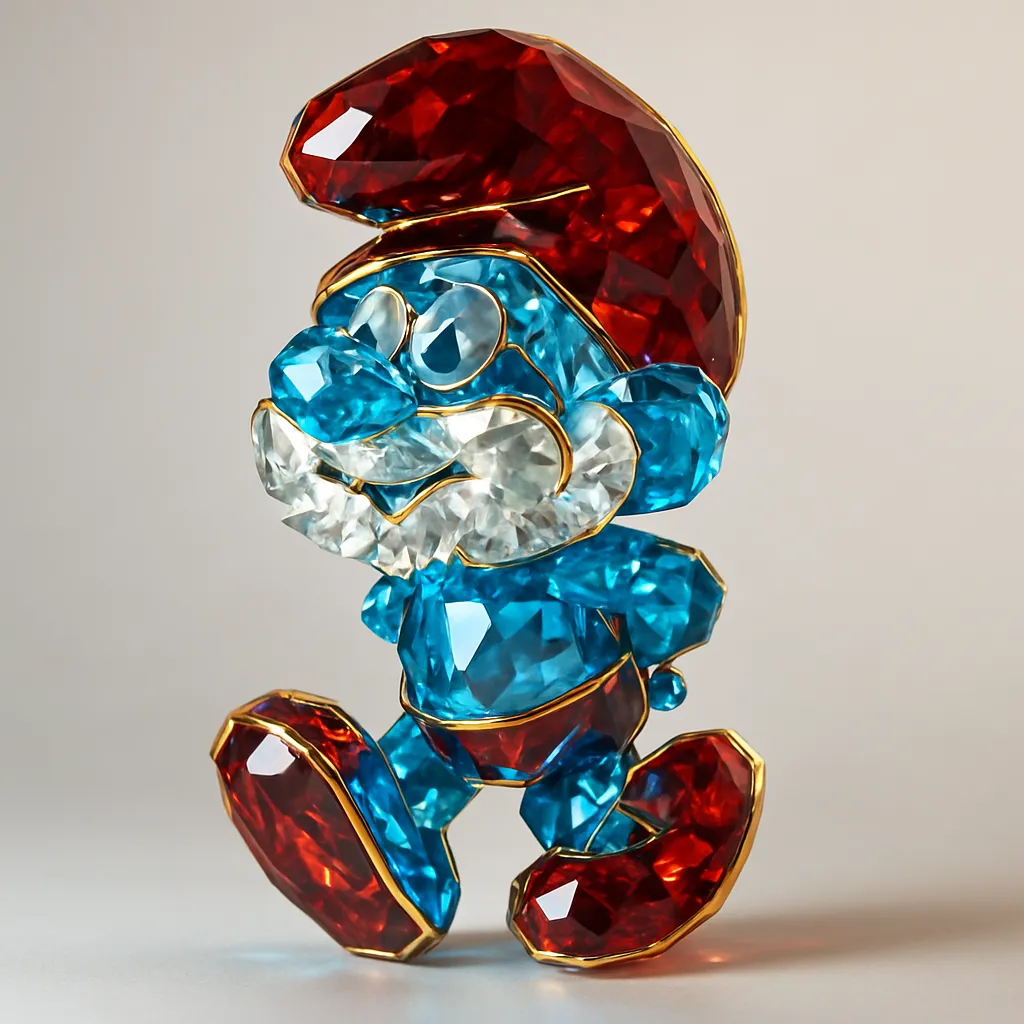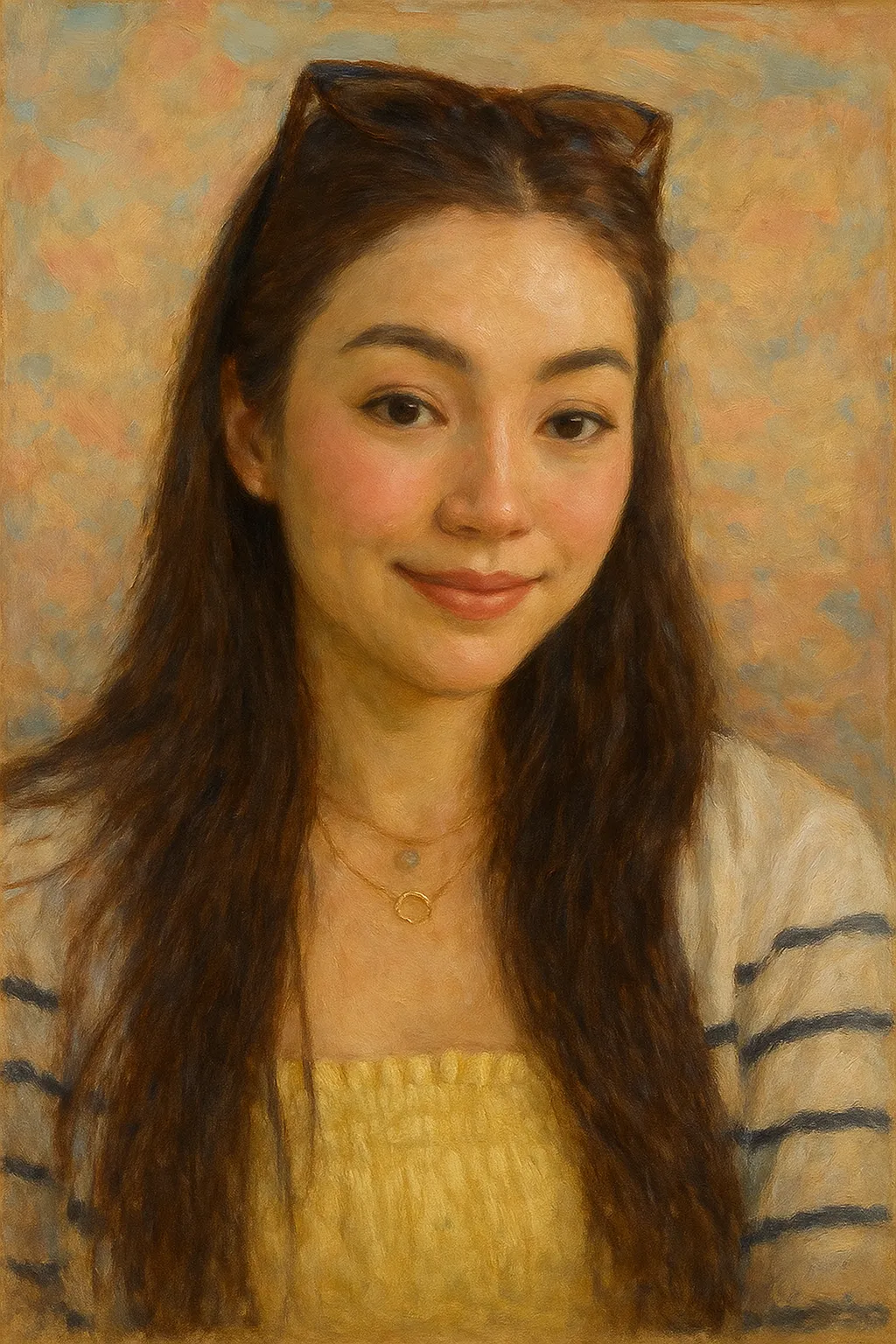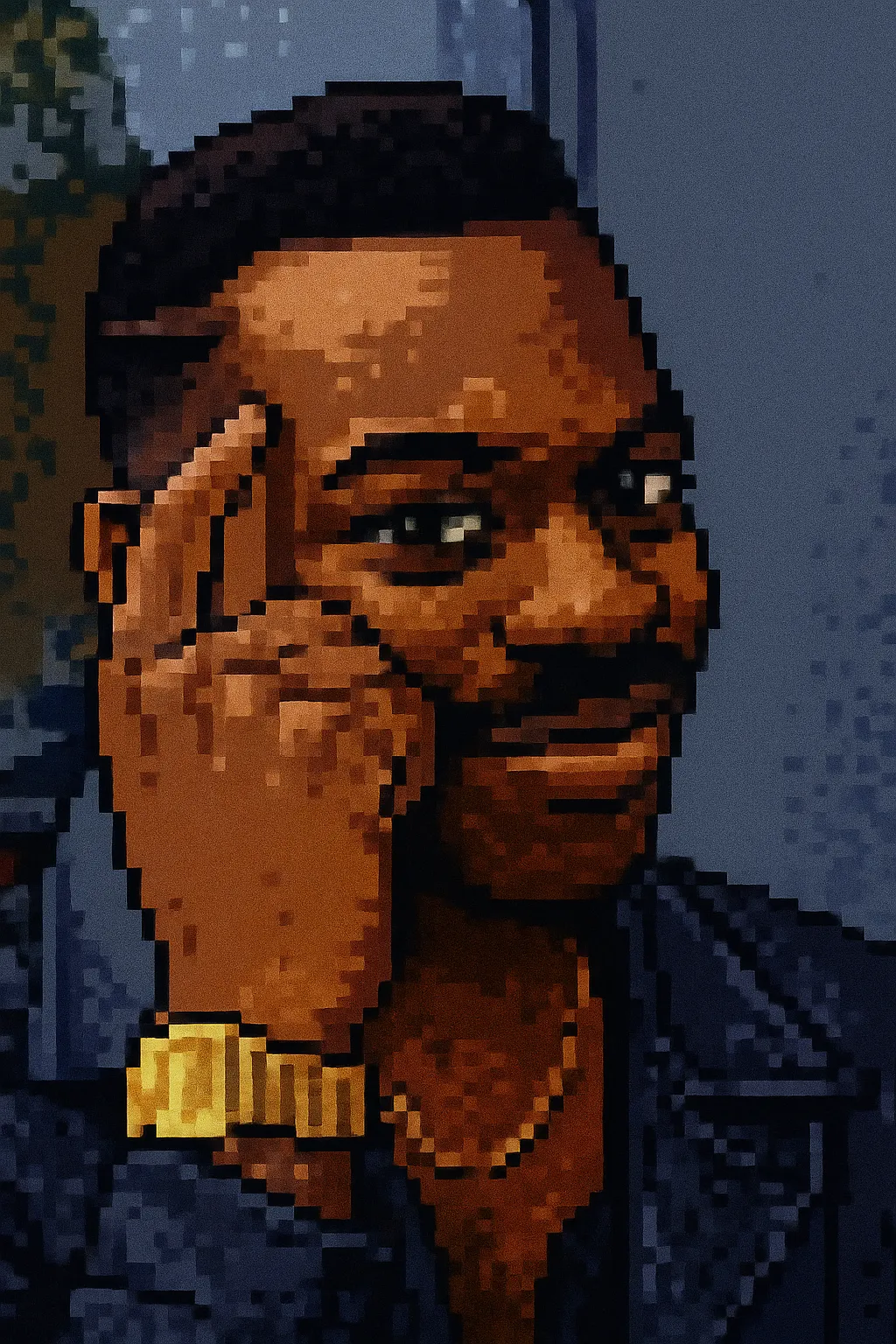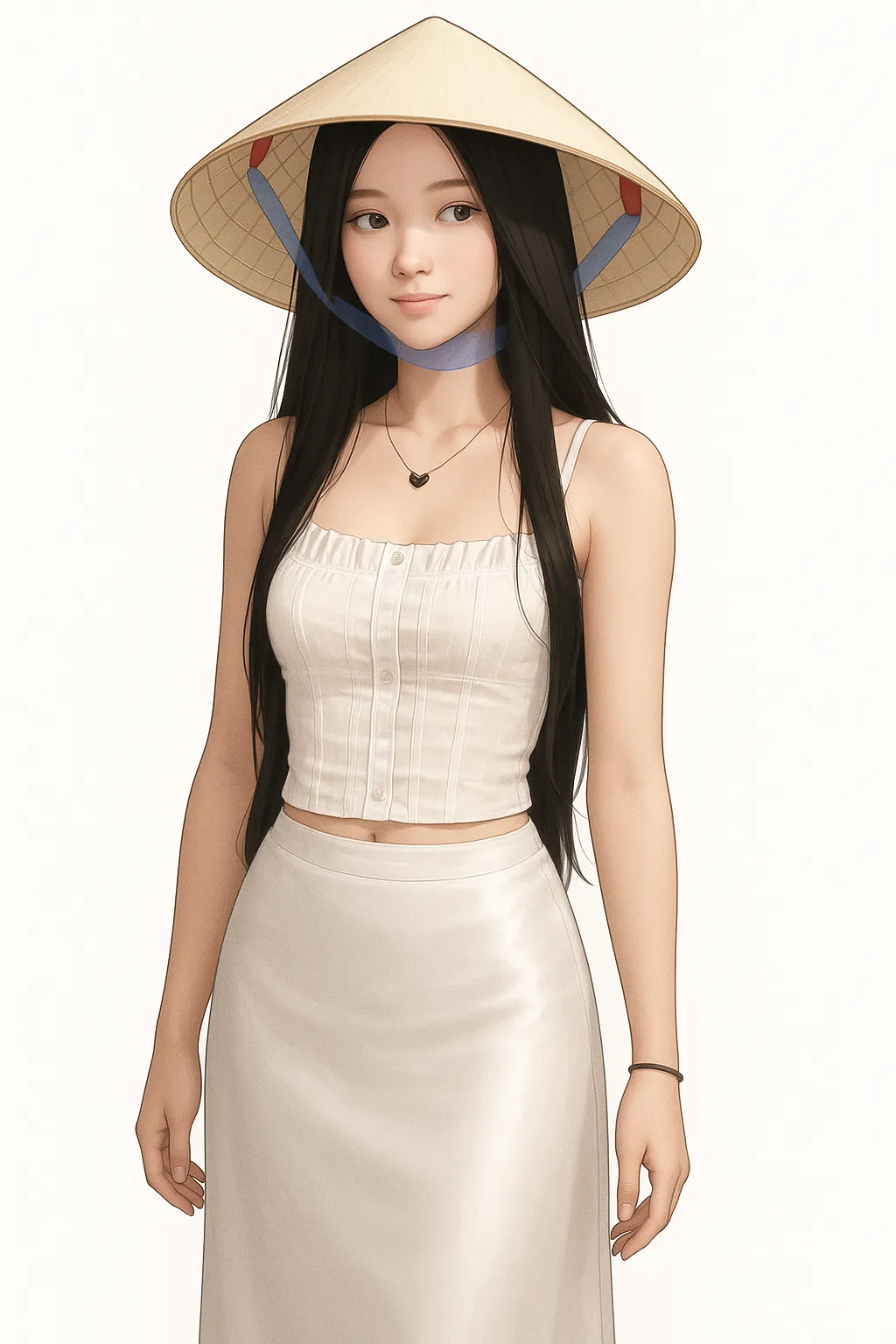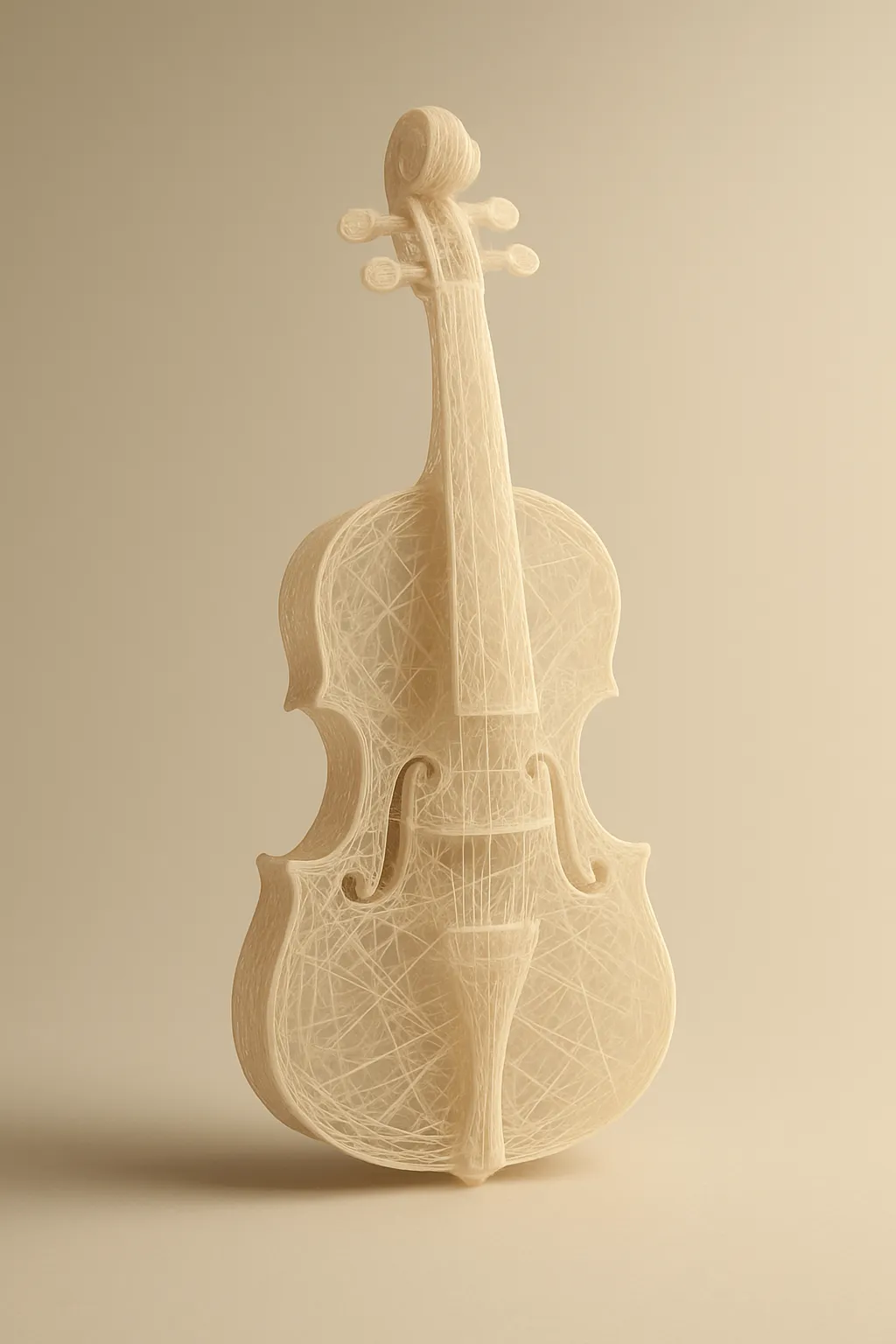Creating a photoshoot centered around Vietnamese ethnic costumes is a fantastic way to highlight the rich cultural heritage and intricate craftsmanship associated with these garments. Here are some creative themes and concepts to consider:
Cultural Fusion:
- Mood and Tone: Modern meets traditional, highlighting the evolution of cultural identity.
- Setting and Composition: Shoot in urban settings juxtaposed with traditional Vietnamese architecture or elements, like a modern skyscraper against a backdrop of an ancient pagoda.
- Lighting: Use natural light with strong contrasts to emphasize the blend of past and present.
- Storytelling: Showcase models in traditional clothing interacting with modern technology or urban life, visually representing the cultural dialogues between past and present.
Seasons of Vietnam:
- Mood and Tone: Celebrate the beauty of each season in Vietnam.
- Setting and Composition: Divide the shoot into four seasonal themes—spring with blossoms, summer in lush paddies, autumn amidst golden leaves, and winter with misty mountain backgrounds.
- Lighting: Soft, natural lighting with warm tones for spring and summer; cooler tones and fog effects for winter and autumn.
- Storytelling: Convey the cyclical nature of life and traditions, showing how ethnic costumes are part of everyday life and celebrations.
Village Life:
- Mood and Tone: Nostalgic and intimate, capturing the essence of community life.
- Setting and Composition: Use rural landscapes, rice fields, and village homes to create a sense of place.
- Lighting: Golden hour lighting to add warmth and nostalgia.
- Storytelling: Capture scenes from daily life—cooking, crafting, and gathering, emphasizing the role of traditional costumes in everyday tasks and social interactions.
The Artisans' Journey:
- Mood and Tone: Educational and reverent, highlighting craftsmanship.
- Setting and Composition: Focus on textile workshops, markets, and hand-dyeing processes.
- Lighting: Directional lighting to highlight texture and detail in the fabric.
- Storytelling: Document the process from raw materials to finished costumes, celebrating the artisans and their skills.
Folktales and Legends:
- Mood and Tone: Mystical and enchanting, drawing on Vietnamese mythology.
- Setting and Composition: Use natural landscapes like forests, rivers, and caves to set a mythological scene.
- Lighting: Creative use of shadows and highlights to create a mysterious and magical atmosphere.
- Storytelling: Recreate scenes from Vietnamese folktales or legends, using costumes to depict various characters and narratives.
Generations:
- Mood and Tone: Reflective and familial, focusing on heritage and continuity.
- Setting and Composition: Shoot multi-generational families in traditional settings, like ancestral homes or heritage sites.
- Lighting: Soft, warm, and inviting lighting that connects with the theme of family and continuity.
- Storytelling: Highlight the passing of traditions through generations, depicting grandparents with grandchildren, each in traditional attire.
Dance and Movement:
- Mood and Tone: Dynamic and expressive, capturing the joy and energy of Vietnamese dance.
- Setting and Composition: Open spaces such as grassy fields or by water bodies to allow for free movement.
- Lighting: Soft backlighting to create silhouettes and highlight movement.
- Storytelling: Focus on the fluidity of the fabrics in motion, capturing traditional dances or martial arts movements to showcase the costumes in their full range.
In each of these concepts, pay special attention to the details of the costumes, using close-ups and varied angles to showcase embroidery, patterns, and fabric textures. Emphasize emotional expressions through the eyes and body language of the models to build a connection with the viewer. By weaving these elements together, you can create a visually captivating and culturally enriching photoshoot.
Inputs used
Create Theme Ideas for Your Shoots
Prompt body
